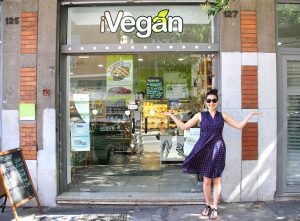The bus rumbles as its carriage meanders through a muddy track towards Elpitiya Plantations on the outskirts of Kandy in central Sri Lanka. Intricately measured rows of tea plants carpet the lush hillside under a grey sky that’s threatening a downpour at any moment. Along the track, I inch closer to the Tea Plantation Workers Museum and Archive, a modest house that preserves the history of tea production in Sri Lanka.
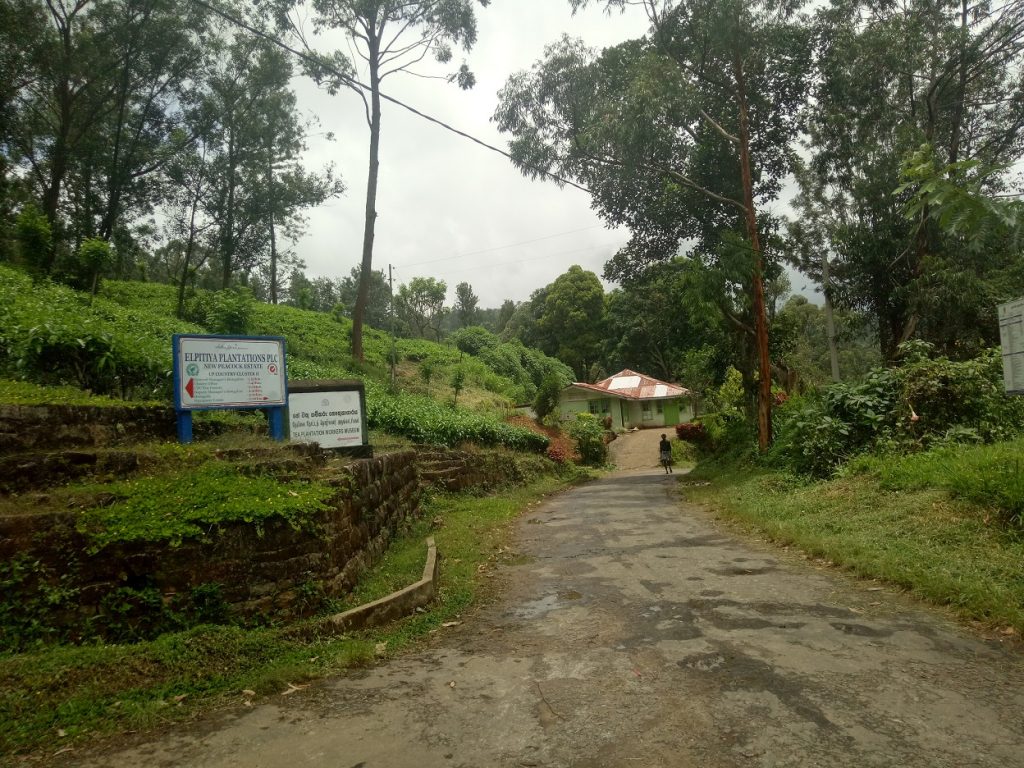
The museum was established by the Institute of Social Development, a non-governmental organisation that works to empower the marginalised plantation community in Kandy. The institute was founded in 1991 by a group of activists who initiated dialogue on measuring the impact of development activities implemented by various sectors including the government and NGOs.
Sri Lanka’s tea industry is a turbulent one, steeped in the country’s history since the first tea plant was introduced in 1824. The British introduced the leafy commodity from China, during Sri Lanka’s colonisation from the early 1800’s. Back then, Sri Lanka was known as Ceylon. The first tea plant was planted in the Royal Botanical Garden in Peradeniya.
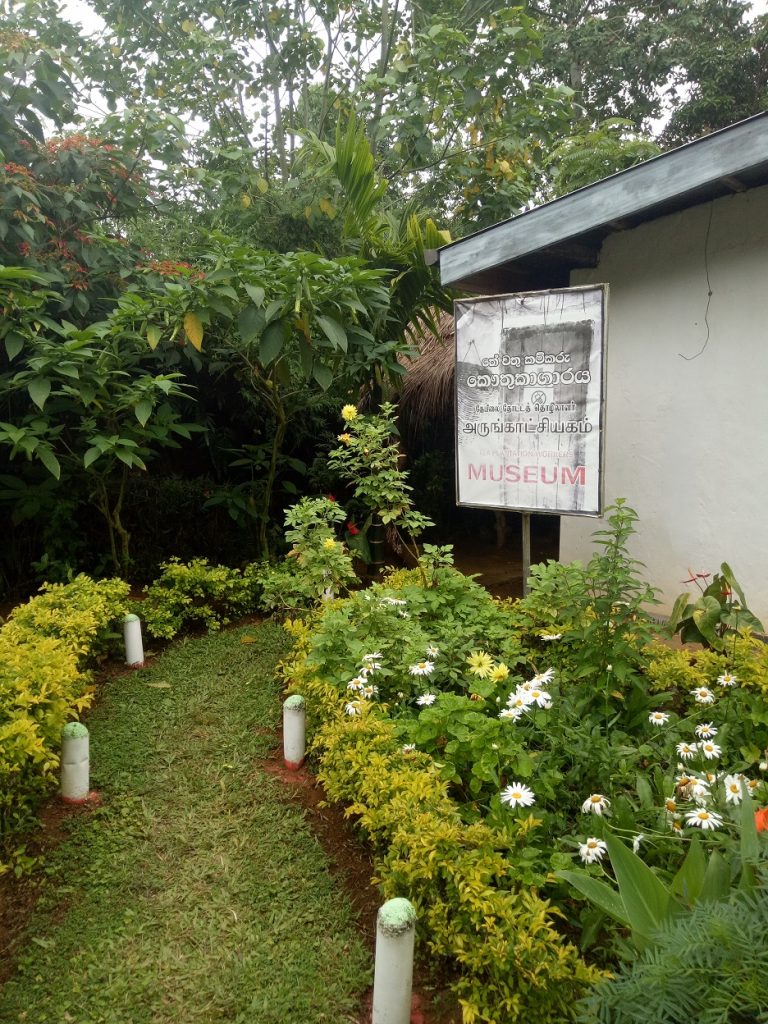
The East India Company sought workers from southern India to work the tea fields, mostly as tea pluckers; Sri Lanka’s Sinhalese population refused to work in those early tea plantations. Sadly, this workforce was perceived as cheap labour so basic human rights weren’t always granted. The workers, predominantly speaking Tamil, were brought to Sri Lanka up until 1941. Many were brought to Sri Lanka by foot. Those who survived and worked the tea plantations lived onsite in small lines of houses in problematic conditions. Alienation of workers was also common practice. Today, the Institute of Social Development works in the community to help the tea workers; many are descendants of these first workers brought to Sri Lanka from southern India.
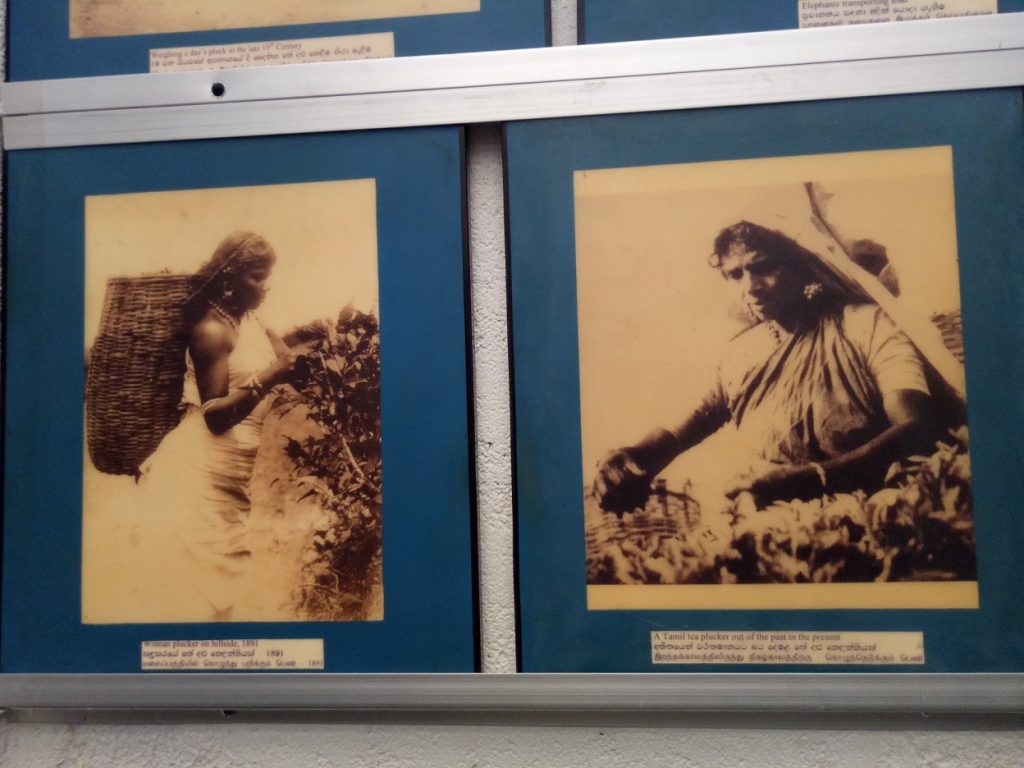

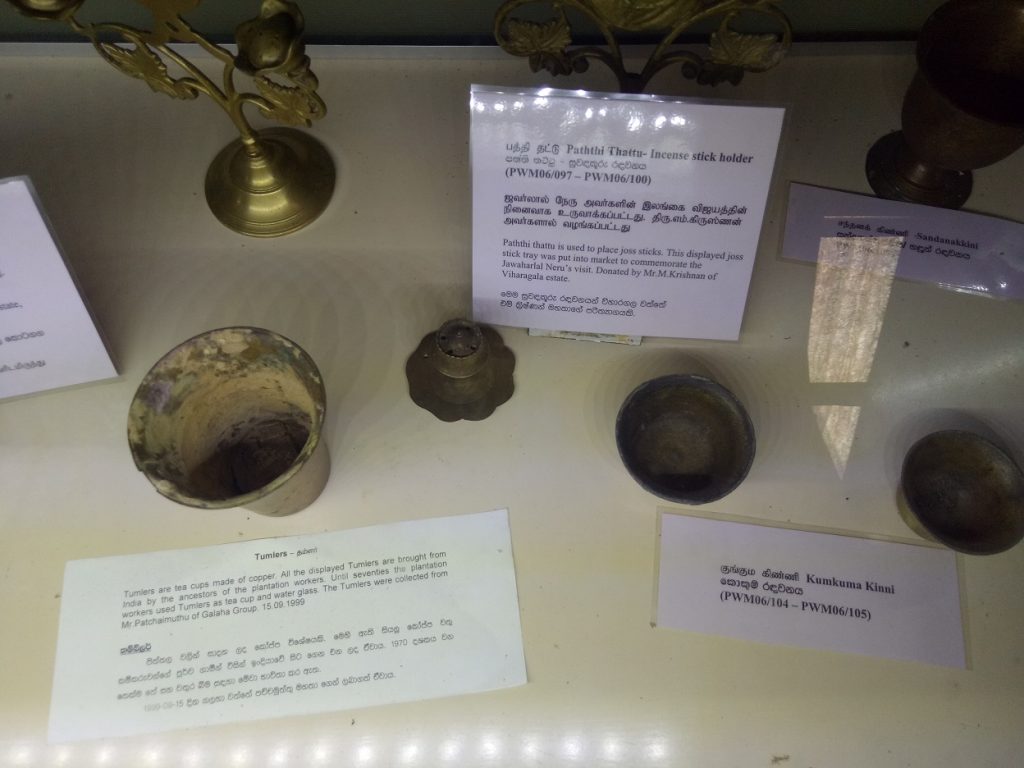
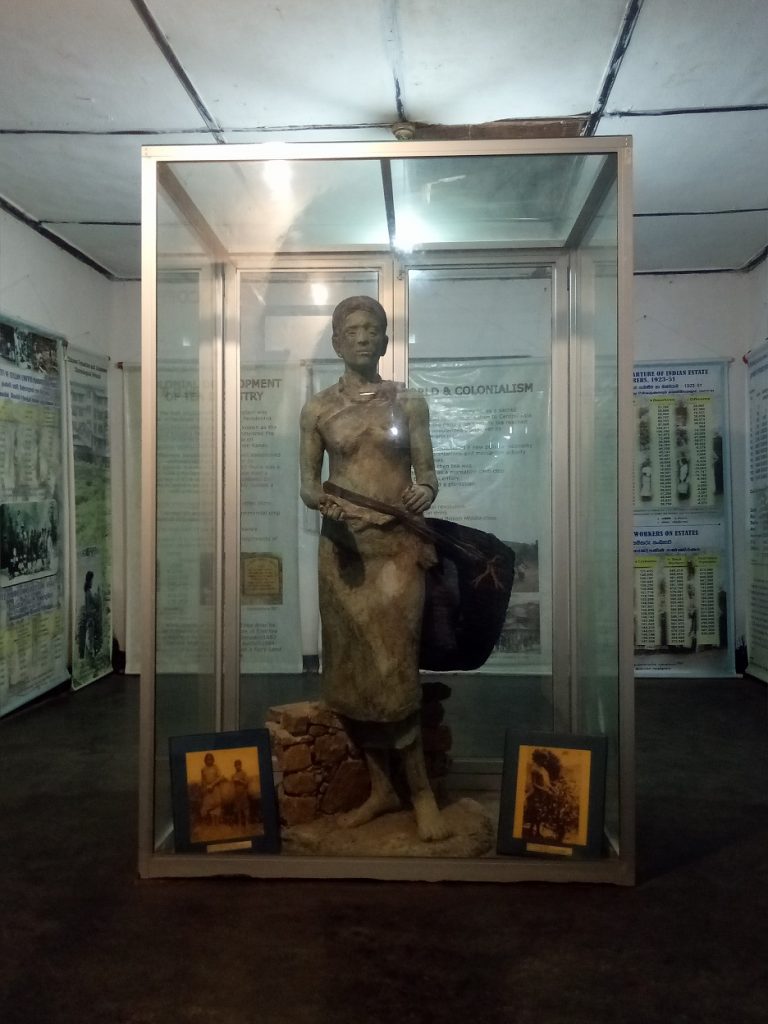
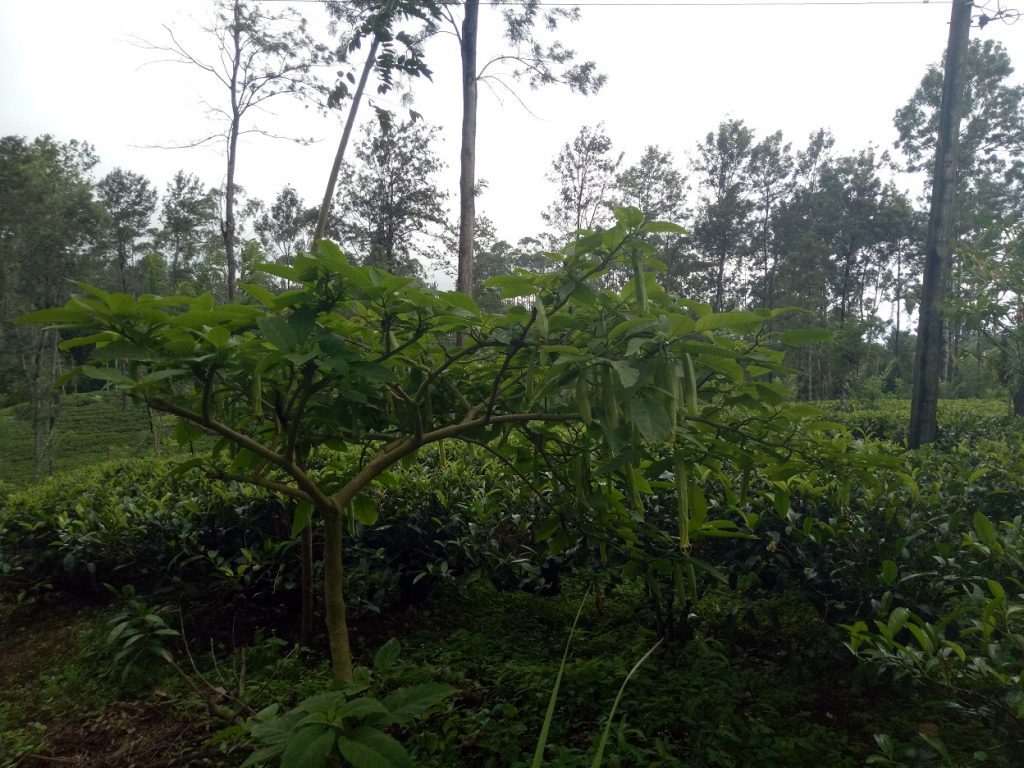

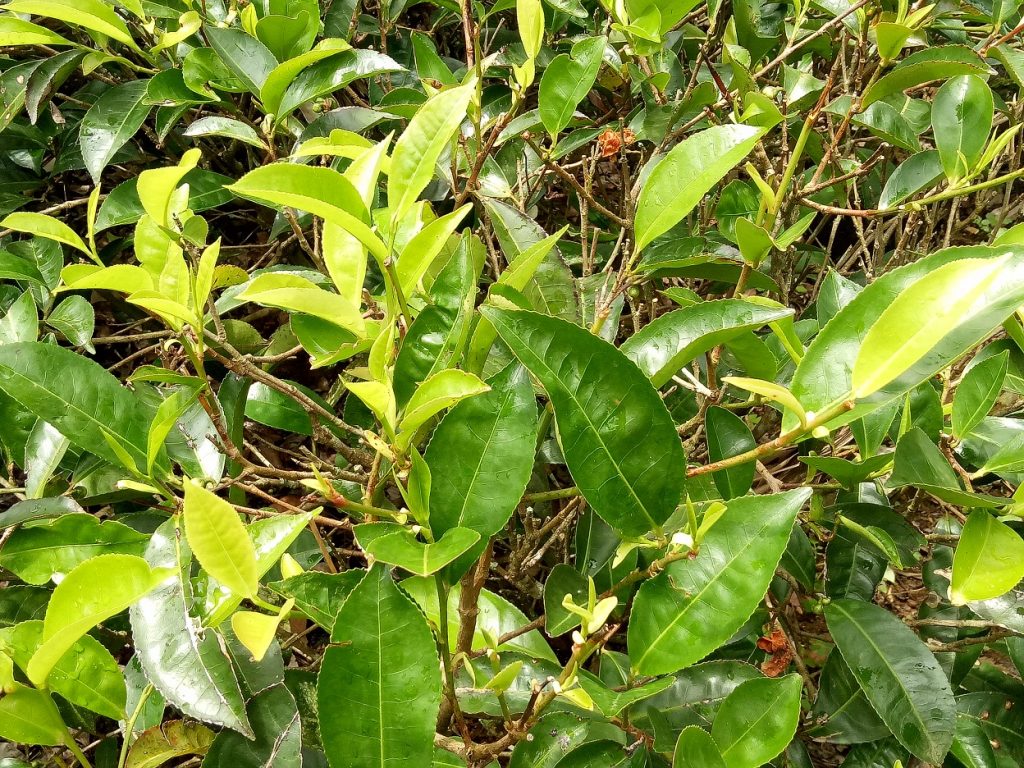
Tea chests were shipped worldwide to supply the world’s burgeoning demand for tea, after Sri Lanka became independent in 1948. By 1965, Sri Lanka became the world’s largest tea exporter. To meet market demands, tea plantations ballooned in this part of Sri Lanka, and the flurry of work that followed. From jungle clearing, road creation, to transportation to shipping docks and enormous teams of tea pluckers, Sri Lanka’s global tea industry was born. Predictably, state control of plantations ensued for political economic control, later seeing land reform occurring in the 1970’s. Now, the work of the Institute of Social Development has helped to ensure fair working conditions for those in the tea industry.
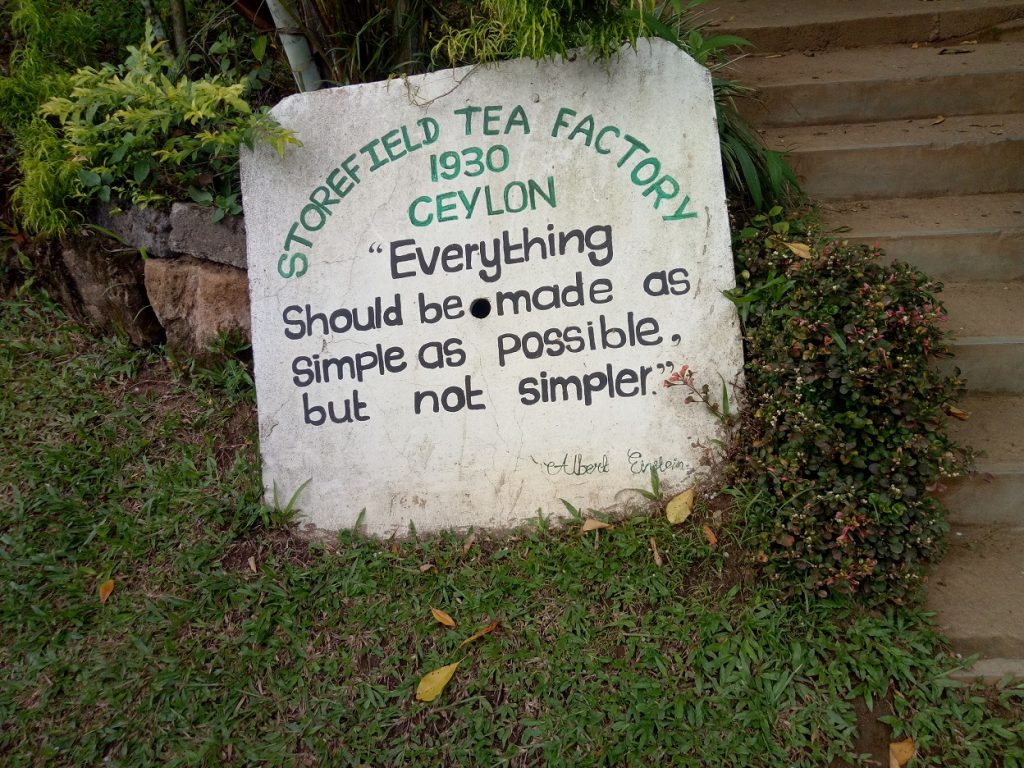


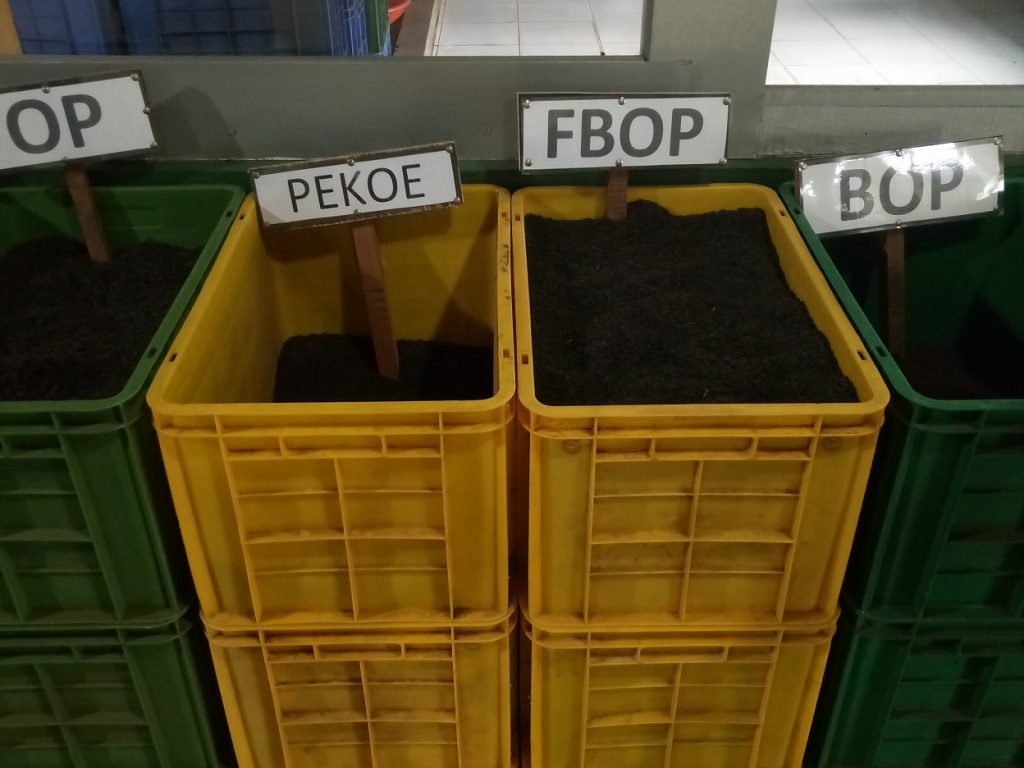
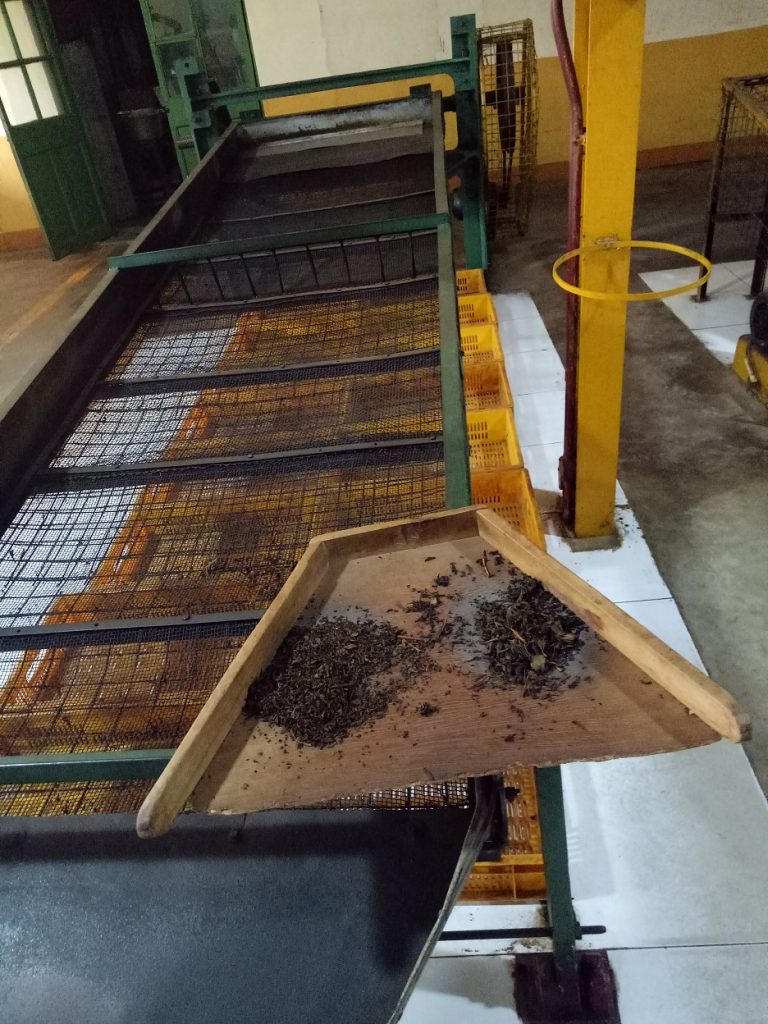
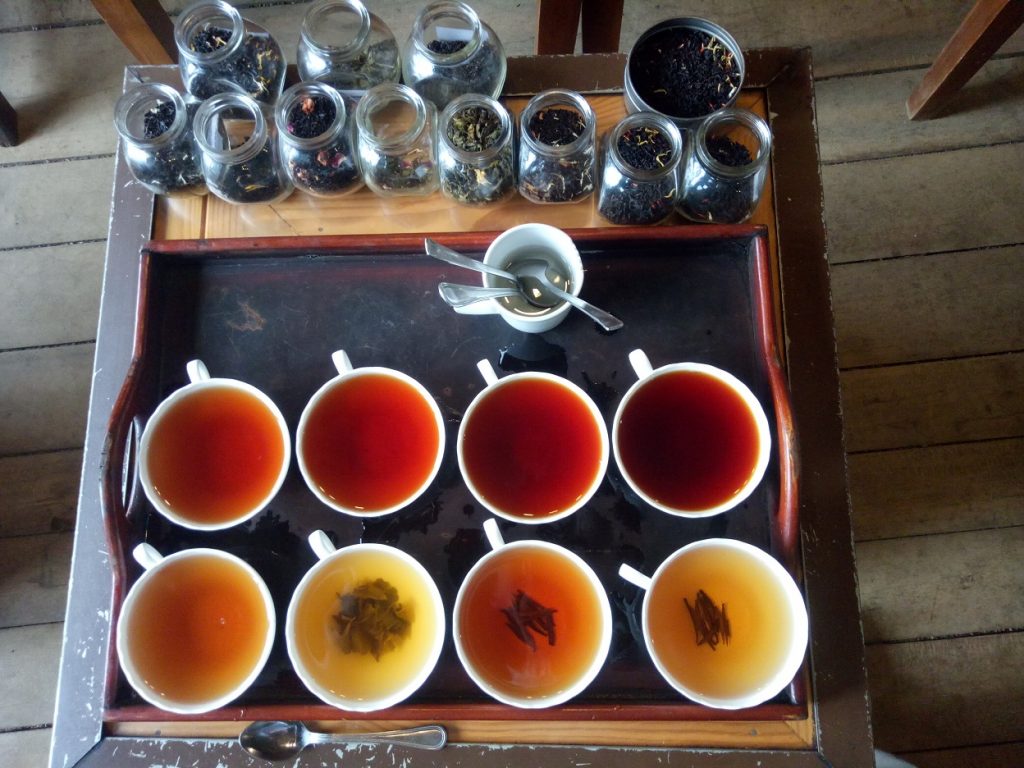
There are still some tea factories in Sri Lanka that implement those early tea production methods, using old machinery and sieves. A generous amount of tea-tasting is also available, depending where you visit. It’s an opportunity to try many of Sri Lanka’s tea varieties from white to green, black and golden. Golden tea, or golden tip tea, is Sri Lanka’s rare tea that’s grown at high altitude and comes at a hefty price (about AU$100.00 for 50 grams). These factories provide travellers with an up-close perspective on how traditional tea production can still yield a good-tasting tea while ensuring ethical working conditions for its workforce.
The all-vegan tour company VegVoyages Vegan Adventure Tours travels to Kandy as part of its Sri Lanka 14-day Finding Serendipity on the Island of Serendip tour. VegVoyages’ 2020 Sri Lanka tour is scheduled for August 23 to September 5.
The tour costs US$2,795 per person twin share and covers all accommodation, meals, activities, transport and guides. Single supplement is also available. The tour starts and ends in Colombo. For all tour dates and pricing, visit the VegVoyages website.
Disclaimer
Justine de Jonge travelled with VegVoyages in August/September 2019. All flights, tour fees, activities and tips were paid for in full by Justine de Jonge. All views expressed in this blog post are her own and did not receive any remuneration in exchange for this blog post.

